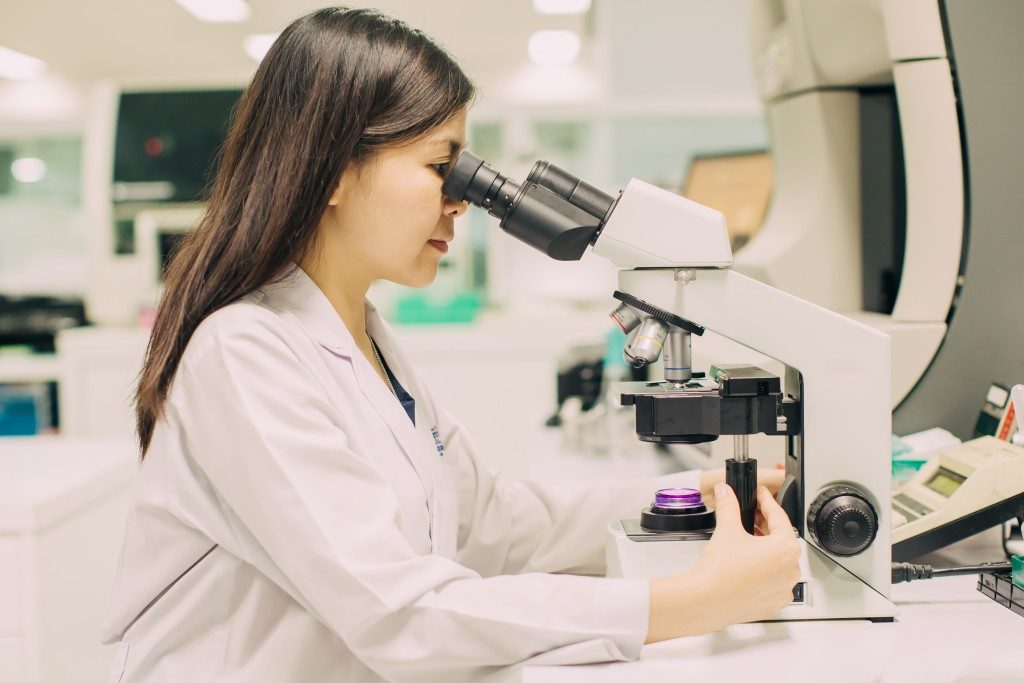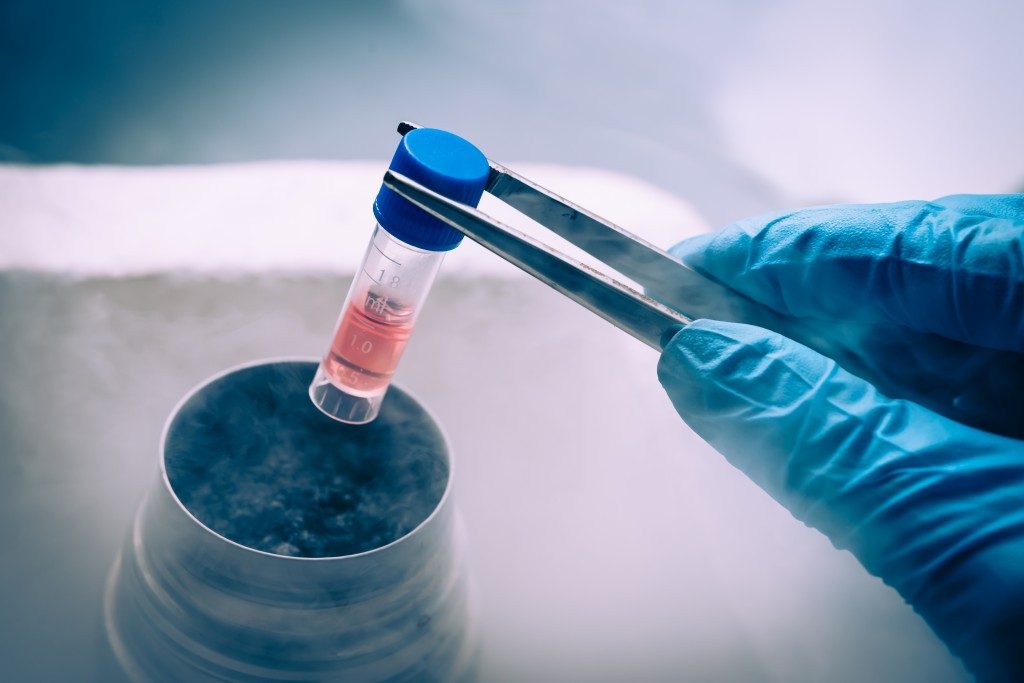Cryogenics is a science that deals with the behavior of various materials at extremely low temperatures. The etymology of the term is derived from the Greek words “cryo,” meaning cold, and “genic,” meaning to produce. The terminology is often used in the realm of physics, medicine, as well as materials science.
Cryogenic materials can be referred to as cryogens. A scientist that practices cryogenics is popularly known as a cryogenecist. In order to consider a particular substance as cryogenic, it should have a temperature below -180 degrees Celsius.
Cryogenic substances are often stored in devices known as the Dewar flasks. They are double-walled storage that includes vacuum walls for insulation. This kind of flask is for use in extremely cold liquids, such as liquid helium. It was named after its creator James Dewar.
These flasks are replicated for factories and plants. Special treatment is required to ensure safety and compliance with regulations for storage of extremely cold liquids. Large industrial tank painting is part of its maintenance.
The Many Uses of Cryogenics
- Cryogenics is used in producing fuels for rockets, liquid hydrogen, and liquid oxygen or LOX.
- Magnetic resonance imaging (MRI) uses liquid helium.
- Some infrared cameras need cryogenic cooling.
- Food freezing, which is cryogenic in nature, is used in transporting huge quantities of food.
- Liquid nitrogen is used as a special effect or fog for food, cocktails and other cinematic or theatrical purposes.
- Freezing some materials with the aid of cryogens can help make them so brittle for easy breaking up into smaller pieces.
- The use of cryogenic temperatures is useful for medical purposes, as it stores blood, tissues, experimental samples and stem cells for preservation.
- Cryomilling is a process where matters that are too elastic or soft are milled at regular temperatures.
- Cryogenic processing is utilized as part of treating alloy and for helping bring about low temperature chemical reactions as they would in the manufacture of statin drugs.
- The cryogenic superconductors’ cooling process can help improve electric power transmission to power up big city centers.

The Many Segments and Disciplines of Cryogenics
The science of cryogenics is very broad, encompassing various disciplines and segments, including the following:
- Cryobiology – A science that deals with the effects of extremely low temperatures on certain organisms, including the preservation of some tissues, organisms, and other genetic matter.
- Cryosurgery – A segment of surgery that uses cryogenic temperatures to kill malignant tissues, moles or cancer cells.
- Cryonics – A science that deals with the cryopreservation of humans, animals and other organisms with the plan of reviving them for future use.
- Cryoelectronics – A segment of electronics that studies superconductivity in extremely low temperatures, variable range hopping and other various electronic phenomena at very low temperatures. The practical application of this science is known as cryotronics.
Although cryogenics typically consists of extremely low temperatures, below the freezing point of liquid nitrogen but above that of absolute zero, physicists have reached temperatures that are lower than the absolute zero or also known as the negative Kelvin temperature levels. Sometime in 2013, a scientist at the University of Munich cooled gas extremely below absolute zero that it eventually made the gas hotter instead of getting it colder. Simply amazing!
